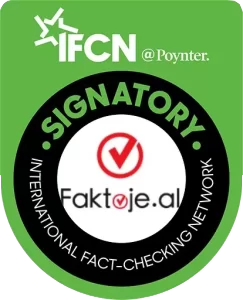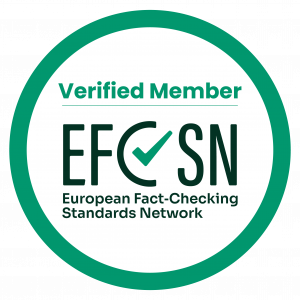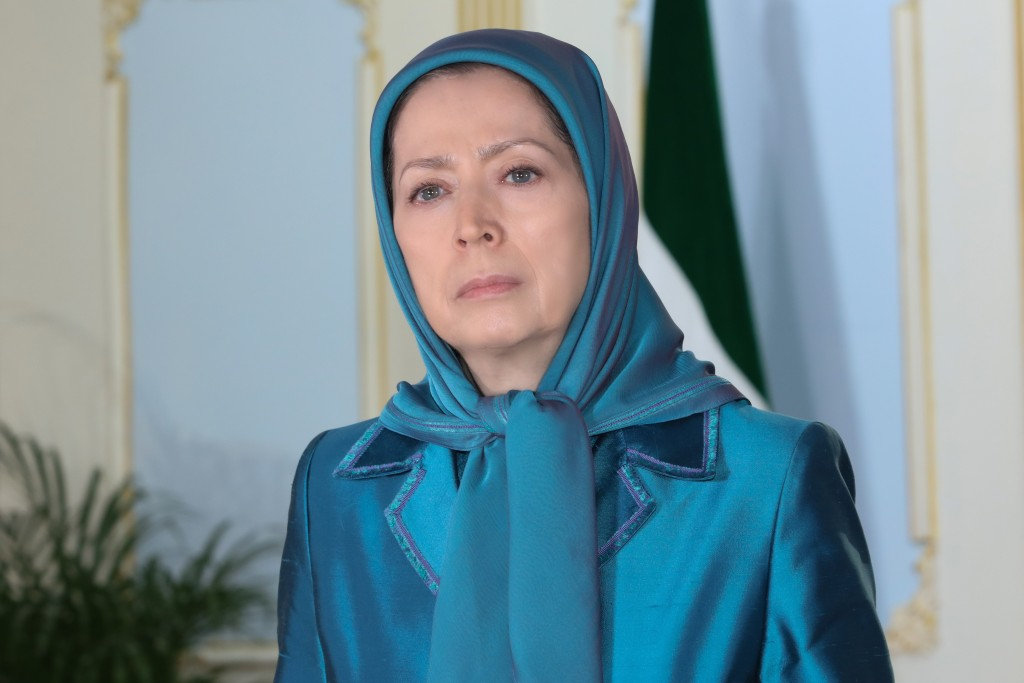Reports of Russia blocking wheat trade channels in response to Western sanctions following the Ukraine war added to consumer anxiety. In Albania, this was reflected in the purchase of large quantities of flour by family members to ensure bread in the winter. But how real is our dependence on Russia’s wheat? Experts ‘see the glass as half full’ and explain that Russia’s tactics are pushing countries in the region to explore new wheat markets, while governments are promoting schemes to support domestic wheat cultivation. Unlike Albania, the other countries of the Western Balkans have Serbia as their main wheat purchase market, and their dependence on countries in conflict is not direct.
Esmeralda Topi
After a blockade that added to uncertainty over food and wheat supplies around the world, Russia extended for another four months the agreement that allows the export of wheat from Ukraine through the Black Sea. This decision-making, which was long-awaited even by the UN, showed that food security depends significantly on this country.
“I welcome the agreement of all parties to continue the Black Sea Cereals initiative, to facilitate the safe navigation of the export of cereals, food products and fertilizers from Ukraine,” the UN Secretary General declared on November 17. António Guterres.
TO WHAT EXTENT IS ALBANIA AFFECTED FROM THE BLOCKADE?
Reports of the war and the resulting crisis have also affected the lives of Albanian consumers, when it comes to securing basic products. Mirjana Hoxha is a pensioner from Korça. This year, for the first time, she bought 80 kg of flour from a relative from the village of Tren, Devoll, as she is afraid of the lack of supply of wheat or price increase, due to the Russia-Ukraine conflict.
“I bought two sacks of flour, 40 kg each, because we don’t know what happens. I paid 80,000 lek and I am relaxed for some time,” says Mirjana for Faktoje, showing us a sack of flour that she has started using to make bread.

The data provided by the Institute of Statistics show that last year Russia and Serbia were the main wheat import markets in Albania.

Of the 222 thousand tons of wheat bought abroad in 2021, Albania received 144 thousand tons as a supply from Russia and another 46 thousand tons from Serbia.
But with the blocking of trade channels at the start of the Russia-Ukraine conflict, Albanian traders were forced to temporarily turn to new markets.
“We worked with other countries and expanded the map of imports after the start of the conflict. Before Russia and Ukraine were freed, they worked with Romania, Bulgaria and Serbia. So these are the countries that replace Russia and Ukraine in the event of a blockade.” – says for Faktoje, Adi Haxhiymeri, Chairman of the Flour Production Association in Albania.
The reopening of trade channels as well as the exemption of Russian food exports from sanctions is seen as an important development for the wheat supply chain in Albania.
“It is very important as it is known that about 60% of our imports are made from Russia.” – emphasizes Haxhiymeri, adding that he does not see any threat to the future if the agreement continues.
“As long as the agreement continues, there is no threat. But even if the agreement is terminated, the supply of wheat is not at risk as there are other markets, of course with higher costs, but there are others.” – he argues.
INSTAT figures for this year show that from January to September, Albania imported 121 thousand tons of wheat. Again, the main weight of the import is carried by Russia and Serbia. But in contrast to 2021, this year due to the blockade from the war, Albanian merchants have also made purchases in countries such as Australia, Bulgaria and Spain.

Meanwhile, if we look at the imports of the two countries from 2019 until September of this year, the increase in the share of Serbia and a significant decline in wheat imports with Russia is noticeable.

But in addition to the purchases of imported wheat, this year due to the Russia-Ukraine conflict in Albania, the areas planted with wheat have also increased, aiming to mitigate the high dependence on imports.
SUPPORT FOR LOCAL WHEAT CULTIVATION
The uncertainty that the Russia-Ukraine conflict produced in the world markets forced the Albanian government to add 500 million Lek as a subsidy for wheat growers to the national agricultural support scheme for the first time. The scheme provides support with direct subsidies in the amount of 30,000 lek for farmers who cultivate more than 1 ha of wheat. Applications opened on September 1 and closed on September 23.
“The area planted nationwide in 2021 was 54,600 ha. However, although the minimum eligible size of land to apply for this support scheme is one hectar, along with several other conditions regarding the use of certified seeds and mineral fertilizers, farmers with about 29,000 hectares have applied. This area represents more than half of the area planted last year. We clarify that the largest area of wheat is planted mainly by small farmers, who do not meet the criterion of the minimum size of the area for application, and their production is mainly for self-consumption,” the Ministry of Agriculture clarifies in an answer to Faktoje, adding that the farmers’ interest in the wheat subsidy has been high.
“A total of 7,470 farmers have applied for this support scheme and the list of winners has been announced on the AZHBR (Agency for Agricultural and Rural Development) website. After the necessary on the spot verifications being made to check compliance with the self-declared surface, the corresponding amounts of money shall be transferred to the farmers’ bank accounts. The entire process will be completed by December this year.”
For agricultural experts, support for wheat this year was vital and must continue. Professor Doctor Abdyl Sinani says that the scheme will help domestic consumption.
“The support that the government gave for wheat for the first time will increase the amount of wheat. Along with other markets that were tested when the blockade happened, just by giving money to farmers, I think the amount of wheat will increase by 20% this year. And this helps, first of all, the domestic consumption of farmers. So, with the data we have so far, wheat for consumption is secured, but again the situation is dynamic.” – emphasizes Professor Sinani for Faktoje.
Even the chairman of the Farmers’ Association, Eduard Sharka, estimates that the support was a necessary measure, but he emphasizes that the subsidy should continue as long as there is uncertainty from the war in Ukraine.
“Being realistic helps, because it has increased the interest to increase the areas planted with wheat. Wheat is a specific crop that requires large areas, so the scheme has aroused interest among medium-sized entrepreneurs, because they have large areas and have their own tools. There are farms that have planted over 50 ha or over 100 ha of land. And for these, the scheme is effective and is a significant help. With the last year cultivation, we provide about half of the necessary quantity, I think we will manage this year.” – says Sharka for Faktoje.
But despite the ‘success’ of the scheme, the government has not decided to renew it for the next year.
“The national support scheme for 2023 is in the process of discussion. A final position on the continuation of this measure in the next year will be held after a more complete assessment of its effects is made for the year 2022,” argues the Ministry of Agriculture in its response.
According to official data in the region, Albania and Montenegro have provided almost the same value as support for wheat cultivation, while leaving behind North Macedonia and Serbia. In the region, Kosovo provides the highest support for wheat.
| VALUE OF WHEAT SUBSIDIES PER AREA |
| Kosovo 474 EURO/HA |
| Albania 255 EURO/HA |
| Montenegro 250 EURO/HA |
| North Macedonia 200 EURO/HA |
| Serbia 68 EURO/HA |
SERBIA, THE WHEAT ‘SUPPLIER’ FOR THE REGION
Both Russia and Ukraine are among the world’s biggest wheat exporters, and the war between them has disrupted markets. But according to official data, it turns out that the countries of the Western Balkans do not have direct dependence on these two markets. The figures show that Serbia is the largest producer and exporter of food in the region, mainly for cereals.
KOSOVA
The official data of the Statistics Agency in Kosovo show that the country imports the largest amount of wheat from Serbia, followed by Hungary, North Macedonia, Croatia, Albania and Bosnia and Herzegovina. However, the data show that the weight of imports has increased from year to year. Thus, imports from Ukraine have doubled in 2021 compared to 2020, while the value of imports from Russia has increased by nearly 10%.
| IMPORTS FROM RUSSIA |
| 2020 46 476 000 Euros |
| 2021 51 339 000 Euro |
| IMPORTS FROM UKRAINE |
| 2020 18 986 000 Euro |
| 2021 36 662 000 Euros |
NORTH MACEDONIA
North Macedonia imports about a third of the amount needed for wheat, mainly from Serbia. But since the start of the conflict, the country has expanded its imports with Hungary, Romania and Croatia. Data from the State Statistics Agency show that this year, from January to September, the value of imports from Russia has increased significantly compared to a year ago, while purchases of goods in Ukraine have decreased.
| IMPORTS FROM RUSSIA |
| 2020 129 937 435 Euros |
| 2021 150 324 680 Euros |
| 09- 2022 250 962 836 Euros |
| IMPORTS FROM UKRAINE |
| 2020 89 736 178 Euros |
| 2021 127 514 539 Euros |
| 09-2022 74 371 984 Euros |
MONTENEGRO
Even Montenegro has the largest wheat imports with Serbia. But unlike North Macedonia, another important trading partner for wheat in Montenegro is France. Referring to official data from Monstat , the Statistics Office in Montenegro, about 54.2 percent of wheat is imported from France and 45.6 percent from Serbia.
According to United Nations international trade data, COMTRADE , Montenegro’s imports from Russia were 12.47 million dollars at the end of 2021, while imports with Ukraine were 8.12 million dollars.
SERBIA
In contrast to other countries, Serbia is the only country in the Western Balkans that did not face the threat of wheat shortage even when the war in Ukraine had just started. However, due to the growing insecurity from the conflict, Serbia also took its own measures. In early March, Serbia imposed restrictions on the export of wheat, flour, corn, cereals and sunflower oil. Then the Serbian government eased the measures and resumed exports with North Macedonia and Albania, arguing that it would give priority to the countries of the Western Balkans Initiative.
“All the countries of the region require larger amounts of wheat and corn from Serbia compared to what they spent last year. The countries of the region and Italy alone require the urgent delivery of around 400,000 tons of wheat. The amount in question is probably best explained when it is considered that the total reserves of wheat in our country currently reach 800 thousand tons”, declared Serbian President Aleksandër Vucic at the time.
Official statistics show that Serbia’s main trading partners are Germany, Italy, Russia and China, while Ukraine does not carry a significant weight.
Edited by Viola Keta & Aimona Vogli






